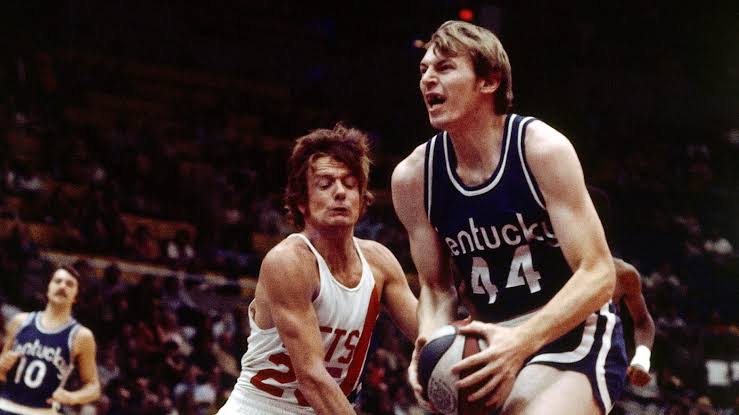The 24-Year Snub: Why Kentucky Refused to Play Louisville — and Paid for It
For nearly a quarter of a century, two of college basketball’s most passionate programs — Kentucky and Louisville — refused to meet on the court. From 1959 to 1983, the Wildcats flat-out avoided the Cardinals, igniting a powder keg of resentment across the state of Kentucky. What started as a scheduling decision quickly spiraled into one of the pettiest and most emotional stand-offs in NCAA history.
The man behind the silence? Legendary Kentucky coach Adolph Rupp. After defeating Louisville in 1959, Rupp reportedly saw no reason to continue the series. He didn’t see Louisville as an equal, and many believe he feared what a loss to an in-state school would do to UK’s national brand. That decision would be carried on by his successor, Joe B. Hall — and the rivalry was left to simmer off the court for decades.
Meanwhile, the Commonwealth of Kentucky was boiling. Fans were divided. Louisville was growing stronger under coach Denny Crum, reaching Final Fours and gaining national respect. But they couldn’t shake the shadow of Kentucky — a program with blue blood pedigree that wouldn’t acknowledge its red-hot neighbor. The snub stung. And the entire state felt it.
The turning point came in 1983, when fate — and the NCAA selection committee — forced Kentucky’s hand. In the Elite Eight of the NCAA Tournament, the two titans finally collided in what became known as the “Dream Game.” It wasn’t just a basketball game; it was a 24-year grudge match packed into 40 minutes — and then overtime. Louisville won the thriller 80–68, leaving Kentucky fans stunned and silenced.
That loss forced Kentucky to the table. Public pressure skyrocketed. Politicians, fans, and media all demanded an annual rivalry game. Soon after, the two schools agreed to a yearly matchup — and the modern version of the Kentucky–Louisville rivalry was born. But for many Wildcat fans, that 1983 loss remains a haunting reminder: they waited too long… and paid the price.
What makes this era even more fascinating is how Kentucky tried to erase Louisville’s rise by ignoring it — but all that did was fuel Louisville’s fire. While Kentucky basked in its past, Louisville used the snub as motivation, building a national powerhouse and securing its place on the big stage. The 24-year silence backfired spectacularly.
In the decades since, the rivalry has exploded into one of the NCAA’s fiercest battles. The bitterness born in the 1960s still echoes in every matchup. From Pitino’s return wearing red, to Malik Monk’s explosion, to Calipari’s dominance, it’s clear this feud is now as personal as it is competitive.
Fans still argue about what would’ve happened if the two had played annually in those lost years. Would Kentucky’s dominance have continued, or would Louisville have shifted the balance of power earlier? The “what-ifs” remain — and they keep the rivalry alive with even more venom.
In the end, the 24-year snub is a story of pride, fear, and karma. Kentucky tried to control the narrative by ignoring Louisville. But when they finally met, the Cardinals wrote the chapter that Big Blue Nation still hasn’t forgotten. Now, the rivalry stands not just as a battle for state bragging rights — but as proof that in college basketball, you can run from your rivals, but you can’t hide forever.





























